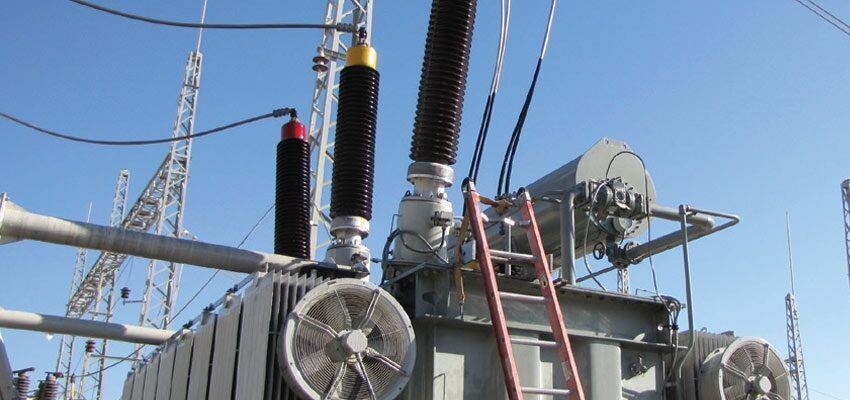
Column: Transformer maintenance
A century of dissolved gas analysis – part I Introduction Electricity powers the world and is an indispensable product for humanity, almost like water and...
byMarius GRISARU

A century of dissolved gas analysis – part I
Introduction
Electricity powers the world and is an indispensable product for humanity, almost like water and food. This energy category needs two types of materials which make it feasible – electrical conductors and electrical insulators. In practice, no one can afford to use ideal conductors and insulations matrixes. Accordingly, the industry has to compromise with the best available materials at acceptable prices. Power transformers, like any other electrical device, have to contain these two types of materials. The most advantageous insulation media for most power transformers today is liquid insulation combined with solid insulation for both mechanical and electrical strength. It is well known that increases in temperature of conductive and insulating materials decrease their capabilities to conduct and to isolate the electricity, respectively. Temperature positive feedback deteriorates the properties of both media, conductors and insulators, exponentially. One of the advantages of using liquid insulating in electrical equipment is having a potential log data of all malfunctions of the transformer or other electrical equipment. In dry and gas insulation these information sources of faulty conditions are practical inexistent or hard to achieve, at least nowadays, but that may change in the future. If the oil reservoir is accessible for sampling, the operational data can be extracted without disturbing the exploitation of the equipment. For limited oil volume devices, obtaining a sample can be more complicated and can impose special restraints. Most liquid-immersed power transformers and other liquid immersed devices are enabled for obtaining a representative oil sample in reasonably safe conditions. These oil samples contain around 70 % of operational data. The most important and significant test for evaluating transformer condition is the dissolved gas analysis – DGA. This test contains the greatest amount the operational data. The main benefit of DGA is the unique advantage of being potentially capable of predicting the majority of the failures and evaluating the health state of transformers. Of course, it cannot assist in preventing all of the internal failures. Also, a great percentage of the issues detected inside the transformer are not vital and without the DGA it is plausible that transformer may be able to operate until the planned end of life even if it produces gases.







